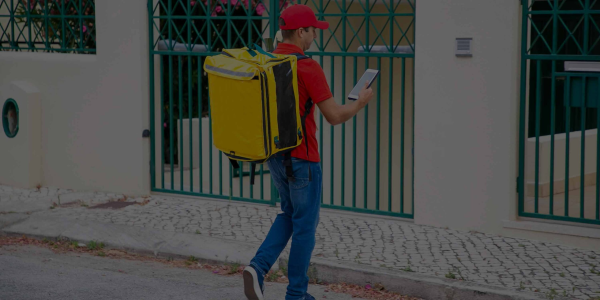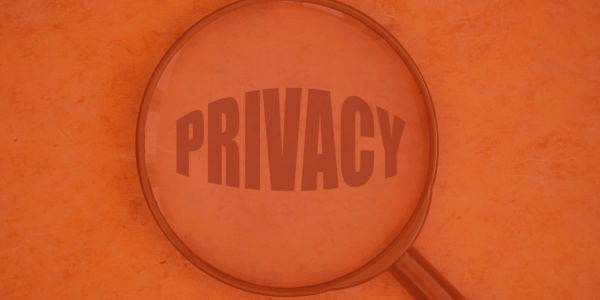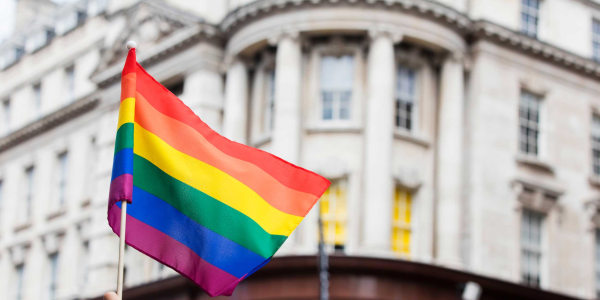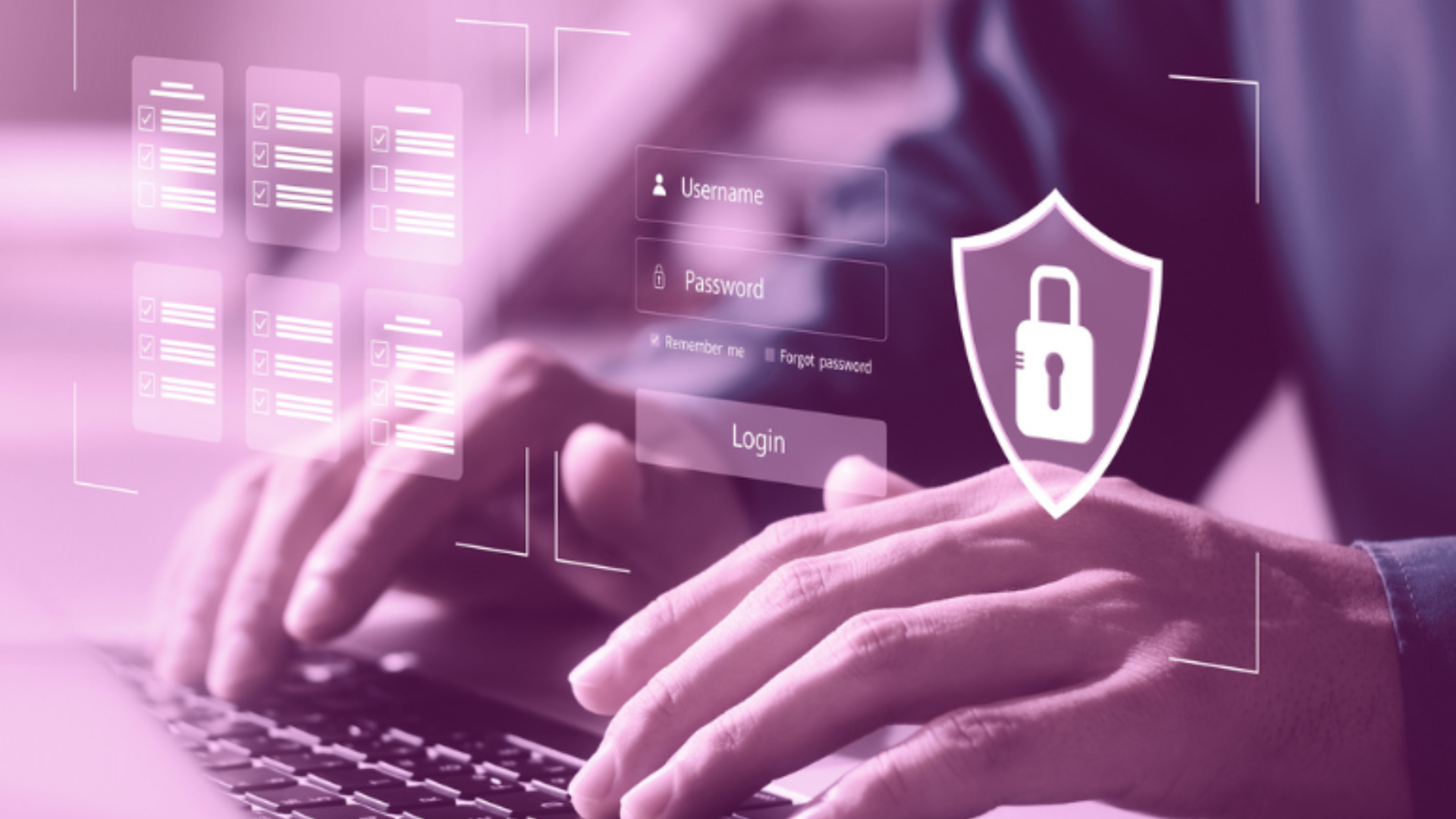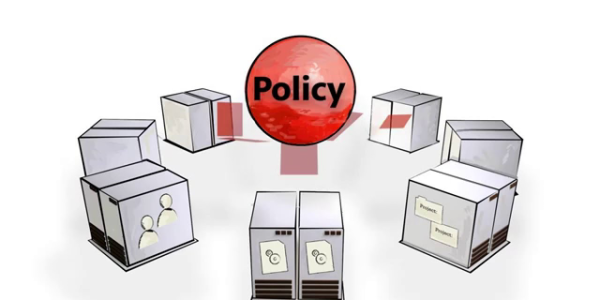In recent years, France has made significant strides in its efforts to combat corruption within its borders. In Part I of this series, we explored the trajectory of the country's legal framework and how it has evolved over time to combat corruption.
After thoroughly detailing the legal background of bribery and corruption in France in Part I of our blog, titled - Charting the Course of Anti-Corruption Laws in France, this part will delve into the intricacies pertaining to compliance solutions for corporates. Corruption is a major threat to the integrity of modern businesses and governments, but France has been leading the charge against it for decades. With a strong legal framework that has evolved over time, France has become a global leader in anti-corruption measures.
Meeting Compliance Obligations: Understanding the Requirements of the Sapin II Law
This section provides an overview of the compliance checklist that businesses need to follow to adhere to the Sapin II anti-corruption regulations. These guidelines are influenced by top global practices and include the following::
1) Ensure Commitment by Top Management:The top management of a company must adopt a zero-tolerance approach towards corruption and allocate resources in proportion to the company’s risk profile. A solid Anti-Bribery and Anti-Corruption (ABAC) policy is necessary to improve governance.
2) Systemised Code of Conduct (CoC):A detailed CoC is essential to educate employees on anti-corruption and anti-bribery practices and to prohibit inappropriate behavior. The CoC must be updated regularly to align with evolving laws.
3) Maintain an Operational Internal Alert System (IAS):An internal reporting system that guarantees confidentiality to whistleblowers and offers various avenues for employees to report issues is necessary. This system creates a central database for prompt report processing and inquiries.
4) Devise Risk Mapping Technique:Risk mapping identifies and manages risks inherent to a company's activities. This technique provides transparency and alerts top management against potential acts of corruption.
5) Due Diligence of Third Parties:Businesses must conduct elaborate due diligence on their entire third-party network, including vendors, clients, and intermediaries, to mitigate potential repercussions.
6) Perform Routine Audits:Routine audits ensure that a company's accounts are monitored regularly and not compromised. While establishing a new accounting control procedure is not mandatory under Sapin II, businesses are advised to maintain records of the same.
7) Conduct Training Programmes on Corruption:Training and workshops for employees at all levels on the explicit characteristics of corruption and bribery are necessary. Employees are the first line of defense against corruption and must be trained in best practices.
8) Internal Control Procedure:Internal policies and procedures provide mainstream protection against jeopardizing a company's functions. The law mandates that businesses update their policies as per French legislation. Regular assessment and updating of policies are necessary to ensure compliance with standards.
Overview of Offenses and Penalties Covered by Sapin II
Under the Sapin II, companies and individuals failing to comply with the aforementioned compliance requirements can face severe penalties. The law covers both companies and individuals and provides for imprisonment and fines of up to €1 million for companies and €200,000 for officials and entities failing to implement anti-corruption measures.
For instance, in a case involving a Swiss subsidiary of HSBC, HSBC had to pay a fine of €300 million related to tax fraud. HSBC entered into a settlement agreement with the Parquet National Financier (“PNF”), a French agency responsible for investigating and prosecuting corruption and bribery cases.
Similarly, in another case involving Kaeffer Wanner (“KW”) and Set Environment (“Set”), KW and Set paid a penalty of €2,710,000 and €800,000, respectively. They also agreed to be monitored by the AFA for 18 and 24 months, respectively.
Final Thoughts
The French ABAC Law was enacted with the aim of addressing issues of transparency, corruption, and economic progress. Sapin II recognizes the magnitude of these problems and provides a comprehensive solution to combat corruption and bribery in France. Notably, the law imposes proactive responsibilities on businesses, making it a preventive tool rather than a reactive one. Additionally, Sapin II is consistent with existing laws and sentencing standards for corruption and influence peddling (trafic d'influence), and does not require a prior offense to be committed. Overall, Sapin II is a crucial step towards promoting ethical business practices and improving transparency in France.
Author: Vidhi Krishali, Research Associate, Law, Rainmaker Directions and Contributions: Akanksha Arora, AVP-Legal, Rainmaker
Disclaimer: No information contained in this website may be reproduced, transmitted, or copied (other than for the purposes of fair dealing, as defined in the Copyright Act, 1957) without the express written permission of Rainmaker Online Training Solutions Pvt. Ltd.

